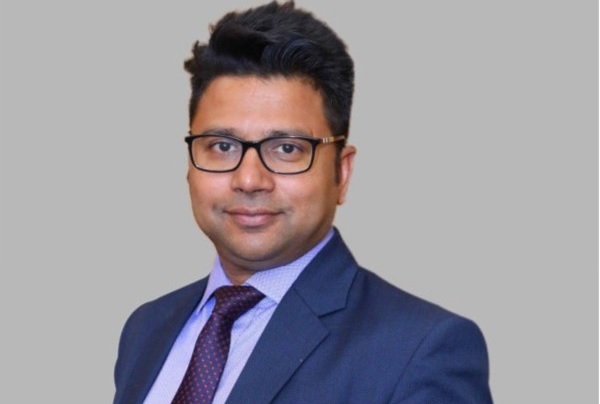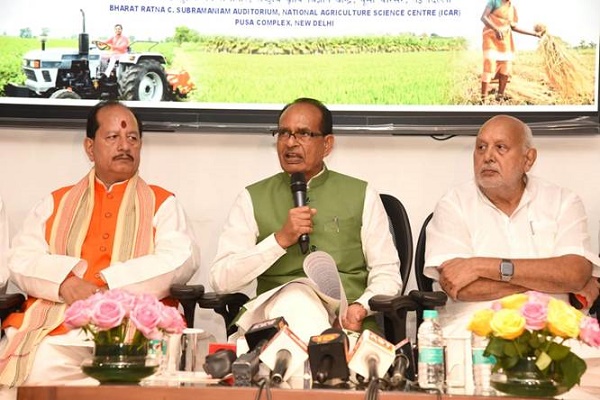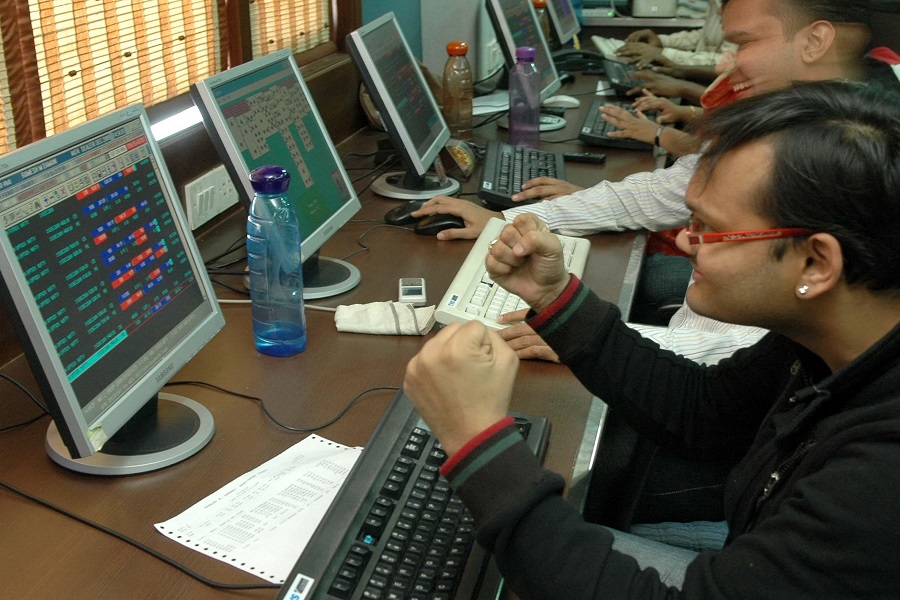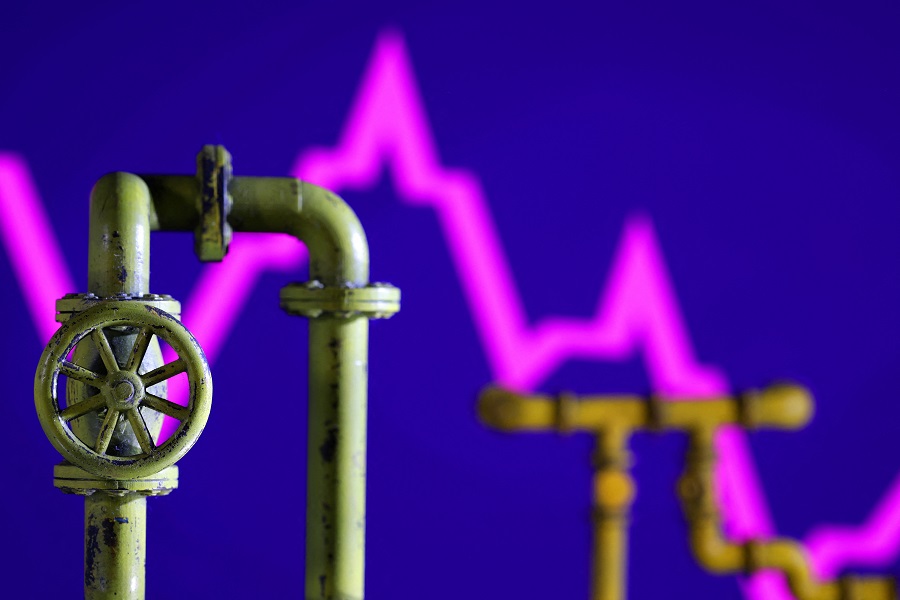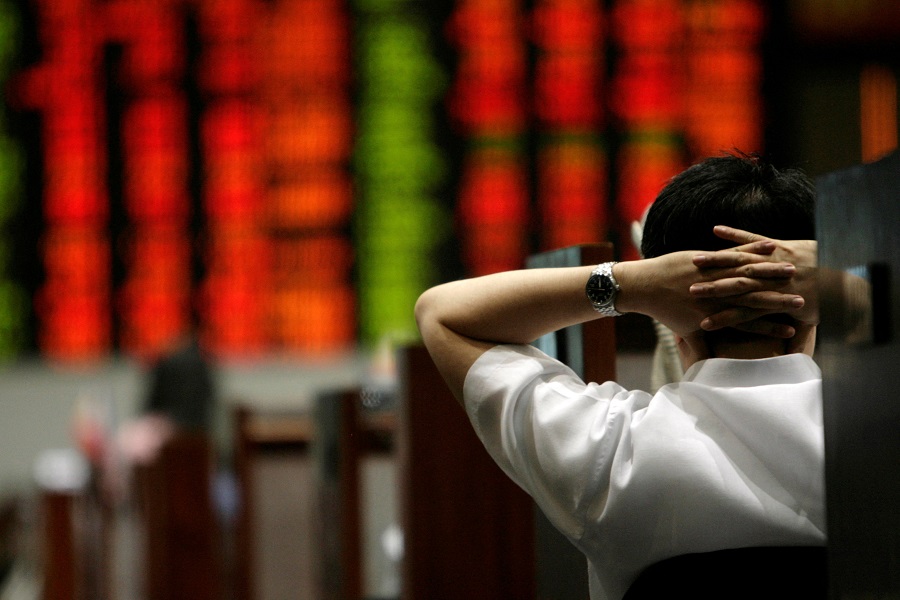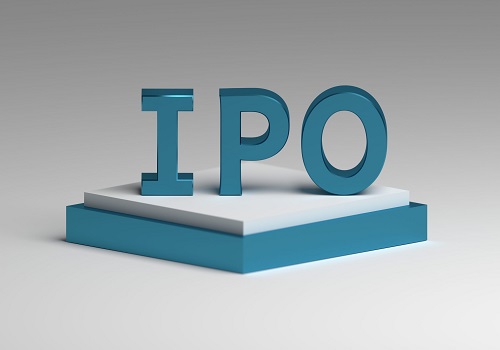Premier Energies coming with IPO to raise Rs 2900.53 crore

Premier Energies
- Premier Energies is coming out with a 100% book building; initial public offering (IPO) of 6,44,56,281 shares of Rs 1 each in a price band Rs 427-450 per equity share.
- Not more than 50% of the issue will be allocated to Qualified Institutional Buyers (QIBs), including 5% to the mutual funds. Further, not less than 15% of the issue will be available for the non-institutional bidders and the remaining 35% for the retail investors.
- The issue will open for subscription on August 27, 2024 and will close on August 29, 2024.
- The shares will be listed on BSE as well as NSE.
- The face value of the share is Rs 1 and is priced 427 times of its face value on the lower side and 450 times on the higher side.
- Book running lead managers to the issue are Kotak Mahindra Capital Company, J.P. Morgan India and ICICI Securities.
- Compliance Officer for the issue is Ravella Sreenivasa Rao.
Profile of the company
The company is primarily an integrated solar cell and solar module manufacturer. Its business operations include: the manufacturing of solar photovoltaic (PV) cells, in particular bifacial monocrystalline PERC cells using the M10 wafer size in a 182mm x 182mm format which may be assembled into solar modules; the manufacturing of solar modules using different module technologies such as monocrystalline Passivated emitter and rear cell (PERC) and Tunnel Oxide Passivated Contact (TOPCon), cell sizes and quantity, power output ranges and formats such as monofacial and bifacial. It also manufacture custom made modules for specific applications; the sale of customizable and ad hoc solar-related products depending on customer requirements such as customized bespoke solar tiles; the execution of EPC projects which include end-to-end solar services for ground-mounted, rooftop, floating, canal bank, canal top and hybrid power generation systems; the provision of O&M services with respect to EPC projects executed by the Company; and independent power production through its 2 MW solar power plant in Jharkhand, India.
It is an integrated solar cell and module manufacturer with an annual installed capacity of 2 Gigawatts (GW) for cells and 4.13 GW for modules as of June 30, 2024. In addition, to manufacturing solar cells and modules, it provides engineering, procurement and construction (EPC) solutions, operations and maintenance (O&M) services and also operate as an independent power producer (IPP). Its key customers across its business offerings include several IPPs, OEMs and off-grid operators such as NTPC, TATA Power Solar Systems, Panasonic Life Solutions (Panasonic), Continuum, Shakti Pumps, First Energy, Bluepine Energies, Luminous, Hartek Solar (Hartek), Green Infra Wind Energy (a subsidiary of Sembcorp Green Infra), Madhav Infra Projects (Madhav), SolarSquare Energy (SolarSquare) and Axitec Energy India (Axitec).
Proceed is being used for:
- Investment in its Subsidiary, Premier Energies Global Environment Private Limited for part-financing the establishment of a 4 GW Solar PV TOPCon Cell and 4 GW Solar PV TOPC on Module manufacturing facility in Hyderabad, Telangana, India (the Project).
- General corporate purposes.
Industry overview
The company operates in the solar manufacturing industry in India which is on an accelerated growth trajectory owing to supply side measures such as the domestic content requirement, basic customs duty and approved list of models and manufacturers. India’s module manufacturing capacity reached approximately 72 GW in FY2024 and while its current solar cell manufacturing capacity stands at 8.1 GW, it is also poised for future exponential growth. India’s strong commitment to renewable energy, ambitious targets and favorable regulatory framework have attracted substantial investments in solar power projects, positioning India as a key player in the global solar market.
The Indian solar module consumption market has grown over 35% CAGR in FY2024 and is set for accelerated growth over the next four years. In volume terms, consumption of modules in FY2024 was approximately 28.3 GW compared to 21.0 GW a year earlier. The market is expected to grow further to 58.0 GW by FY2028 on the backdrop of accelerated solar capacity addition planned to achieve 300 GW installed capacity by CY2030. In value terms, India consumed $6.5 billion and $6.3 billion worth of modules in FY2022 and FY2023, respectively. Domestic consumption is back to $6.5 billion in FY2024 and expected to increase to $11.6 billion by FY2028.
India also stands to gain from the China Plus-One strategy which has opened opportunities for large Indian players, and the trend is likely to continue to be a part of the policy for most manufacturers. solar cell export from India is expected to grow further to reach $400 million by FY2028 - volume wise, solar cell export from India is expected to grow from 0.4 GW in FY2024 to 4.0 GW by FY2028. However, it is important to note that the demand for Indian products in the U.S. is subject to the U.S. Department of Commerce’s final determination on imposition of duties on solar cells and modules found to have circumvented prevailing import restrictions by assembling products outside China using components sourced from China.
Pros and strengths
It is an integrated solar cell and solar module manufacturer: According to F&S, it is the second largest integrated solar cell and solar module manufacturer in India as well as its second largest solar cell manufacturer in terms of annual installed capacity as of March 31, 2024. It has an aggregate annual installed capacity of 2 GW for solar cells and 4.13 GW for solar modules. According to F&S, the largest integrated solar cell and solar module manufacturer in India as of March 31, 2024 is Mundra Solar with an aggregate annual installed capacity of 4 GW of solar cell and 4 GW of solar module. This translates to a difference between the Company and Mundra Solar’s annual installed capacity of 2 GW for solar modules in Mundra Solar’s favor and 0.13 GW for solar cells in its favor.
It has a long track record in the solar module manufacturing sector: It commenced solar module manufacturing in 1999 and has grown this to 4.13 GW annual installed capacity. This includes the 1,600 MW annual installed capacity module line commissioned in Unit IV in December 2023 which is equipped with TOPCon technology and the 1,034 MW annual installed capacity module line commissioned in Unit V in June 2024 which is capable of assembling modules with solar cells which employ either TOPCon or HJT technology. Further, all its solar module production lines are automated. This is important as this reduces the incidence of human error and possible degradation in the quality of the modules it produces.
It is experienced in solar cell line production: In 2022, it completely transitioned from the production of polycrystalline solar cells to monocrystalline PERC solar cells owing to higher efficiencies provided by the latter. A majority of its peer competitors have similarly made the same transition. Now, it has plans to transition towards the manufacturing of TOPCon solar cells given the even greater efficiencies afforded by such cells. According to F&S, TOPCon solar cells are capable of achieving efficiencies between 24.5% to 25.2% compared to between 23.2% to 23.7% for PERC cells. It ability to adapt to new and ever-changing technologies, as evidenced by its transition from polycrystalline cells to monocrystalline cells and now to TOPCon cell technology, is one of its key strengths.
It has a diversified customer base with customer relationships: Its aggregate annual installed capacity and market position enables it to offer competitive pricing for its products, which in turn facilitates access to a large and diversified customer base, both domestic and global. Its domestic customers are located and operate in 23 states and union territories in India and for Fiscals 2022, 2023 and 2024 and the three months ended June 30, 2024, its total number of customers from India was 165, 193, 200 and 117, respectively, while its total number of customers from overseas markets was 8, 6, 27 and 3, respectively.
Risks and concerns
Dependent upon a limited number of customers: A significant portion of its revenues comes from key customers. The loss of any one or more of such key customers for any reason (including due to loss of contracts or failure to negotiate acceptable terms in contract renewal negotiations, disputes with customers, adverse change in the financial condition of such customers, including due to possible bankruptcy or liquidation or other financial hardship, merger or decline in their sales, reduced or delayed customer requirements, plant shutdowns, labor strikes or other work stoppages) could have an adverse effect on its business, results of operations and financial condition.
Geographical concentration: It operates through five manufacturing facilities, all of which are situated on land that it owns, in Hyderabad, Telangana, India. The manufacturing facility that it intends to establish further to the Project will be located at UDL-5 Part at Industrial Park, Seetharampur, Ranga Reddy District, Telangana, India. Given the geographic concentration of its manufacturing operations in one state, its operations are susceptible to disruptions which may be caused by certain local and regional factors, including but not limited to economic and weather conditions, natural disasters, demographic factors, and other unforeseen events and circumstances. Apart from COVID-19 related operational restrictions that were imposed on its facilities, it has not experienced any material disruption at any of its existing manufacturing facilities in the last three Fiscals and the three months ended June 30, 2024. If any such disruptions occur, its operations may be affected leading to significant delays in the manufacturing and shipment of its products which could materially and adversely affect its business, financial condition and results of operations.
Changes in the price of solar modules, solar cells, wafers and other raw materials: Solar modules are assembled with solar cells and in order to manufacture solar cells, it requires multiple raw materials including wafers. The price of solar modules is dependent on the price of solar cells which is in turn based on the price of wafers which can be volatile and unpredictable. The cost of wafers and other raw materials used in the manufacturing of its solar cells constitute a significant portion of its total manufacturing costs. There can be no assurance that the price of raw materials will not increase in the future or that it will be able to pass on such increases entirely to its customers. In times of scarcity, suppliers could substantially increase their prices.
Significant working capital requirements: Its business requires significant working capital due to the time lag between purchasing raw materials and realizing sales from finished products and services. This necessitates maintaining adequate raw material inventory and sufficient capital for operations until project costs are recovered. Consequently, its available funds may sometimes be insufficient to meet its commitments, requiring it to incur additional debt or use internal accruals. Although no shortfalls have occurred in the past three Fiscals and the three months ended June 30, 2024, it cannot assures this will remain the case.
Outlook
Incorporated in 1983, Interarch Building Products provides turnkey pre-engineered steel construction solutions in India. The company offers integrated facilities for design, engineering, manufacturing, and on-site project management for the installation and erection of pre-engineered steel buildings (PEB). The company offers PEBs through pre-engineered steel building contracts (PEB Contracts) and the sale of pre-engineered steel building materials (PEB Sales), including metal ceilings, corrugated roofing, PEB steel structures, and light gauge framing systems. It has established long-standing relationships with a number of its customers, including various Customer Groups, which it attributes in part to its emphasis on quality consciousness, cost efficiency, and timely execution. It is supported by its dedicated in-house on-site project management team. It has established eight sales and marketing offices in eight cities to cater to its customers across India. On the concern side, it faces intense competition from other Indian solar cell and module manufacturers as well as solar cell and module manufacturers from China and Southeast Asia for domestic demand, while its export sales face competition from a wide range of global solar cell and module manufacturers. In particular, under the Free Trade Agreement between India and ASEAN countries, modules and cells of Chinese origin are subject to basic customs duty when imported into India, while those manufactured in other ASEAN countries are exempt from such duty.
The company is coming out with a maiden IPO of 6,44,56,281 equity shares of Rs 1 each. The issue has been offered in a price band of Rs 427-450 per equity share. The aggregate size of the offer is around Rs 2752.28 crore to Rs 2900.53 crore based on lower and upper price band respectively. On performance front, total income increased substantially by 116.74% from Rs 1,463.21 crore for Fiscal 2023 to Rs 3,171.31 crore for Fiscal 2024 due to significant increases in revenue from operations. The company reported a restated profit for the year of Rs 231.36 crore for the Financial Year 2024 as compared to a reported restated loss for the year of Rs 13.33 crore for the Financial Year 2023. Meanwhile, it intends to continue growing its operations and presence in India’s solar sector especially given the favorable regulatory environment and several government initiatives geared towards encouraging domestic production of solar cells and solar modules. For instance, the GoI’s DCR requires the use of locally produced solar cells and solar modules, adhering to the standards and testing criteria established by the Ministry of New and Renewable Energy, Government of India (MNRE). With its ability to produce DCR-compliant solar cells and solar modules at scale and with the demand for DCR modules in India currently outpacing the production capacity of solar cells according to F&S, it is ideally positioned to expand its manufacturing capabilities by capitalizing on this market opportunity.








.jpg)
